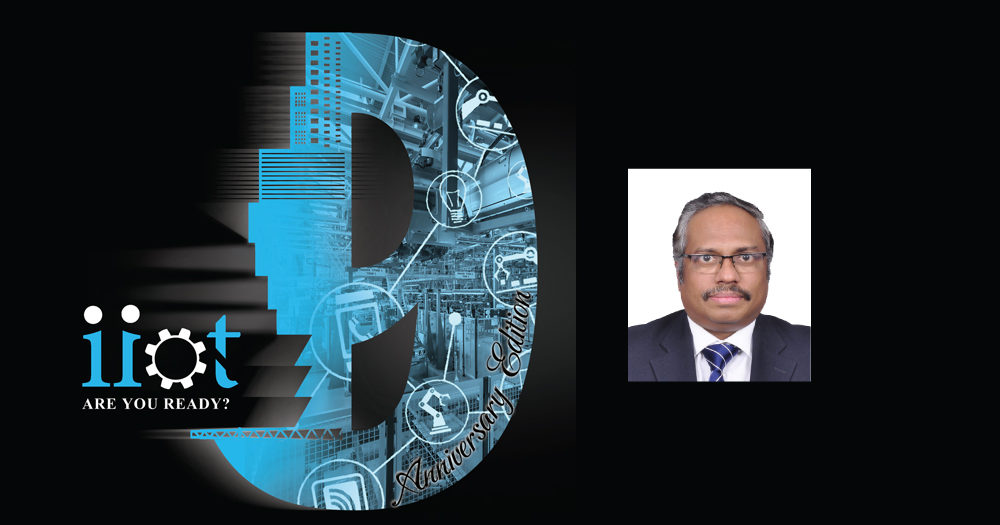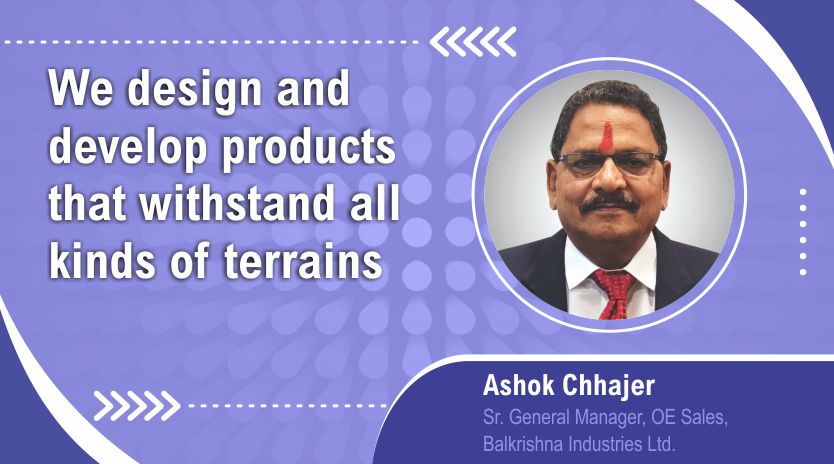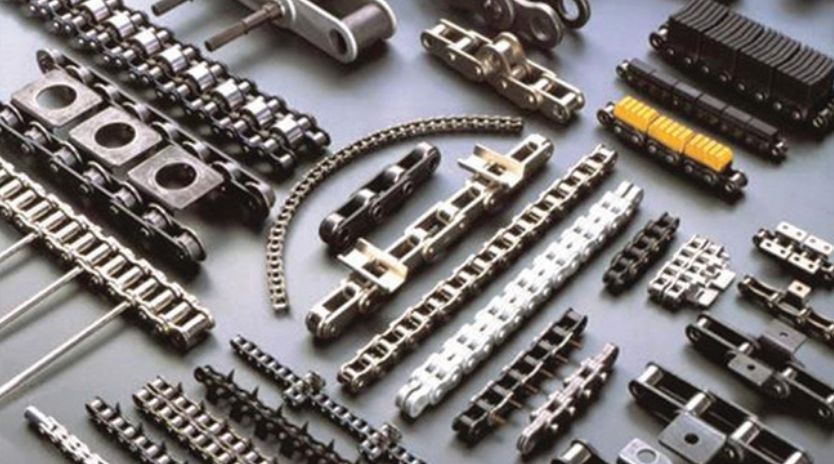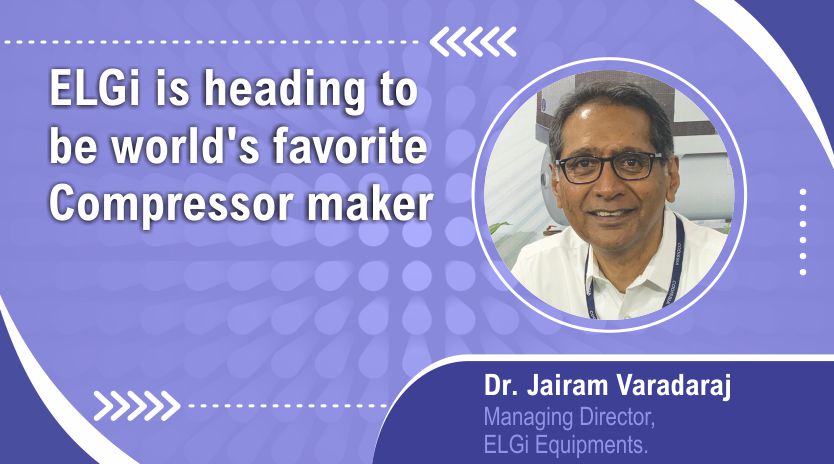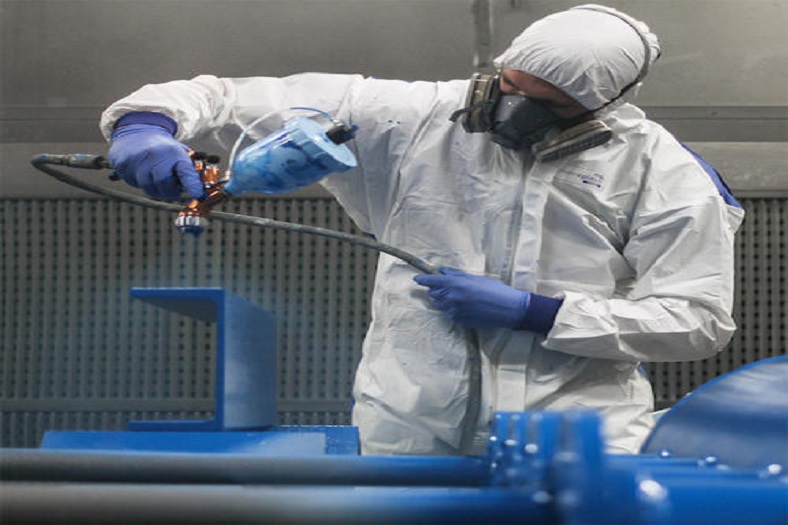Industry 4.0: Highly flexible, productive and resource-efficient
June 11, 2018 6:04 pm
S.M. Jacob, General Manager – Sales, Schmalz India Pvt Ltd explains few benefits of Industry 4.0, IIoT adoption drivers and further company’s preparedness in the area of IIoT.
Industry 4.0: the fourth industrial revolution
The “fourth industrial revolution” describes the transition of production towards the intelligent factory. The increased combination of production and IT processes makes this flexible, efficient and sustainable. In the future, products will plan, control and optimise their own production process without human intervention. Humans will continue to dictate the pace, but with the best possible support in their work.
Benefits of Industry 4.0 are:
Production becomes highly flexible, highly productive and resource-efficient.
• Individualisation (batch size of 1) under efficient high volume production conditions.
• The increasing complexity of production and processes becomes manageable.
• Autonomous production units organise themselves on and “ad hoc” basis – the product determines its own production process.
Previously: The hierarchical structure of class automation pyramids is becoming more and more obsolete.
Today and in the future: An intelligent vacuum ejector supplies valuable data for users. Devices and services communicate with each other in the cloud and organise themselves.
IIoT adoption drivers
From hand dryers to aircraft engines, farmyards to office blocks, there has been a wide range of innovative uses of the Industrial Internet of Things (IIoT) to date. Similarly, rising interest from pharmaceutical companies, a sector which is becoming far more competitive, even for well-established mainstream products.
As such, businesses are looking at how they can achieve greater efficiencies from a production line. With the mounting importance of traceability, food and beverage is another sector we are seeing increasing interest from.
Another good scope is in the automobile industry where the costs can be reduced due improved performance and benefited immensely due to predictive maintenance.
Schmalz’s preparedness in the area of IIoT
The vacuum specialist from Schmalz left the theoretical discussions behind some time ago, and has been supplying products that provide a whole range of useful data in the field for a number of years now. This has allowed them to satisfy one of the key requirements in making Industry 4.0 a reality.
The company has a huge number of intelligent vacuum components – or smart field devices – in its range, including vacuum ejectors, intelligent needle grippers and vacuum/pressure switches. Thanks to these components and its complete vacuum gripping systems, Schmalz is getting closer and closer to that point where central information can help to make the automation process more efficient: at field level.
In doing so, Schmalz is the first manufacturer to unite sensor and actuator functions in its intelligent devices. The smart field devices from the vacuum specialists are equipped with comprehensive functions for energy and process control. For instance, the devices supply information about gripping system performance, about energy consumption, about wear, or about the ideal level of acceleration for the robot process – that data is invaluable and provides users with a true added benefit when optimising their processes. One example is the “condition monitoring” function in modern vacuum generators: It provides one with a constant monitoring system for all the function-related parameters, letting one to check for leaks or monitor operating pressure, for instance. That allows one to detect faults at an early stage and resolve them immediately, avoiding the resulting downtimes and expenses.
These systems are the key element of Industry 4.0 applications. They have the capacity, for instance, to be uniquely assigned within a network or to supply their own services. That may be a gripper that requests its own maintenance independently on the basis of data about gradual wear, for example. The independent optimization of a gripping system’s energy consumption is also a typical feature of a cyber-physical system.
To make sure that such systems work, devices not only have to supply data, but above all must be visible in the network. They must provide the user with an interface between man and machine (HMI, human machine interface).
That is why, for example, vacuum ejectors from Schmalz are IO link-compatible, enabling continuous communication from sensor/actuator level to the controller and beyond that to master level. The user then has the option of intervening in the process if required. Schmalz has taken its developments one step further. The new SCTMi compact terminal, with up to 16 mountable vacuum generators, and the VSi vacuum/pressure switch also communicate with all the popular field-bus systems via IO link. Furthermore, the devices are equipped with NFC technology (near field communication) with which data can be wirelessly transmitted to a mobile end device over short distances. The user is given access to service and maintenance functions like the serial number or operating instructions. He or she also receives an early warning before any costly faults or outages occur. If a new switch has to be integrated into the gripping system, it can adopt the settings data from its predecessor thanks to the clone function. There is no need for a time-consuming configuration of the new switch. This all allows Schmalz to supply important process data to the smartphone or tablet directly and then to the cloud – while at the same time bridging the gap between industry applications and the everyday products used in the private sphere.
There is still much room for development in the area of intelligent gripping systems if the data is visible, it can produce new business models. One example of this is in services: The provider can now, for instance, reliably plan when his or her gripping system is to be serviced. That is not just an idea for the future. At Schmalz, that is the reality today: Automobile manufacturers that have fitted their press lines with intelligent vacuum ejectors from Schmalz receive data about energy consumption, the system status and the performance of the gripping system. The costs caused by press line downtimes alone can be reduced through intelligent condition monitoring and preventative maintenance. Gripping systems of the future may even be capable of triggering maintenance tasks independently – including ordering replacement parts and time scheduling for maintenance personnel. Companies like Schmalz provide prompt support in such a scenario, and unscheduled downtimes can become maintenance intervals planned by the gripping system.
It is also a question of adapting proven business models to the era of digitalisation as a first step and developing ideas for new models in a second. Schmalz is playing a leading role in the issue of Technology 4.0. For instance, the vacuum ejectors with IO links have been on the market since 2008. The company is also involved in a committee defining the standards for future production processes.
The potential offered by Industry 4.0 is enormous.
Authored by:
S.M. Jacob
General Manager – Sales
Schmalz India Pvt Ltd.
EL- 38, J Block. MIDC,
Bhosari, Pune.
Cookie Consent
We use cookies to personalize your experience. By continuing to visit this website you agree to our Terms & Conditions, Privacy Policy and Cookie Policy.



